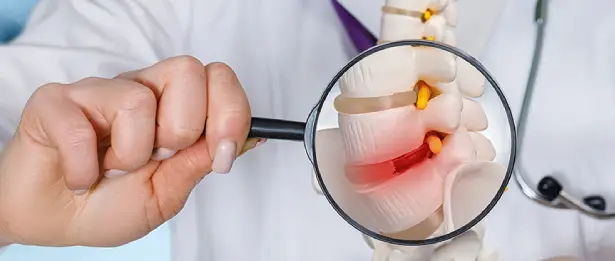Robotic Hernia Surgery

Hernias, which are the only diseases that can be treated surgically, grow and cause pain over time. All abdominal wall hernias must be repaired with a synthetic mesh. Hernias 80 percent of abdominal wall hernias occur in the groin. Ten percent are umbilical hernias. Of the remaining 10 percent; most of them are incisional hernias and other rare hernias. After hernia surgery, patients generally expect no postoperative recurrence, no pain, and a quick return to life and work. They do not want scars. With the introduction of laparoscopic surgery in the last 20 years and robotic surgery in recent years, there have been significant developments in hernia surgery. Laparoscopic and robotic hernia surgery provides great comfort for both patients and doctors with the support of advances in technology.
Robotic Hernia Surgery at Liv Hospital
Liv Hospital's Hernia Center adopts modern and effective methods for hernia surgeries. Laparoscopic and robotic minimally invasive techniques are used to provide patients with less postoperative discomfort and faster recovery. The day surgery approach is successfully implemented using the latest technological patches and prioritizes the comfort of patients. Liv Hospital offers quality healthcare services to its patients with its expert staff in the field of hernia surgery and modern technology.
Robotic Hernia Treatment
- Inguinal Hernias (Primary, Bilateral, Tracheal, Recurrent)
- Umbilical Hernias (Primary, Recurrent)
- Incisional Hernias (Incision site, i.e. surgical hernias)
- lumbar hernia
- chronic groin pain
- Chronic Pain After Hernia Surgery
- Diaphragmatic Hernias
What are the Advantages of Robotic Surgery?
Surgeons using the robotic system have the advantage of greater precision, flexibility and control during the operation, as well as a better view of the surgical field, compared to traditional methods. The tools used in the robotic system provide the surgeon with the flexibility of movement of the wrist within the chest. Surgeons using the robotic surgery system can perform delicate and complex procedures that may be difficult or impossible with other methods.
The benefits of minimally invasive surgery provided by robotic surgery are:
- Lower complication rate (e.g. wound infection)
- less pain
- Less blood loss
- faster recovery
- Smaller and less noticeable incision scars.